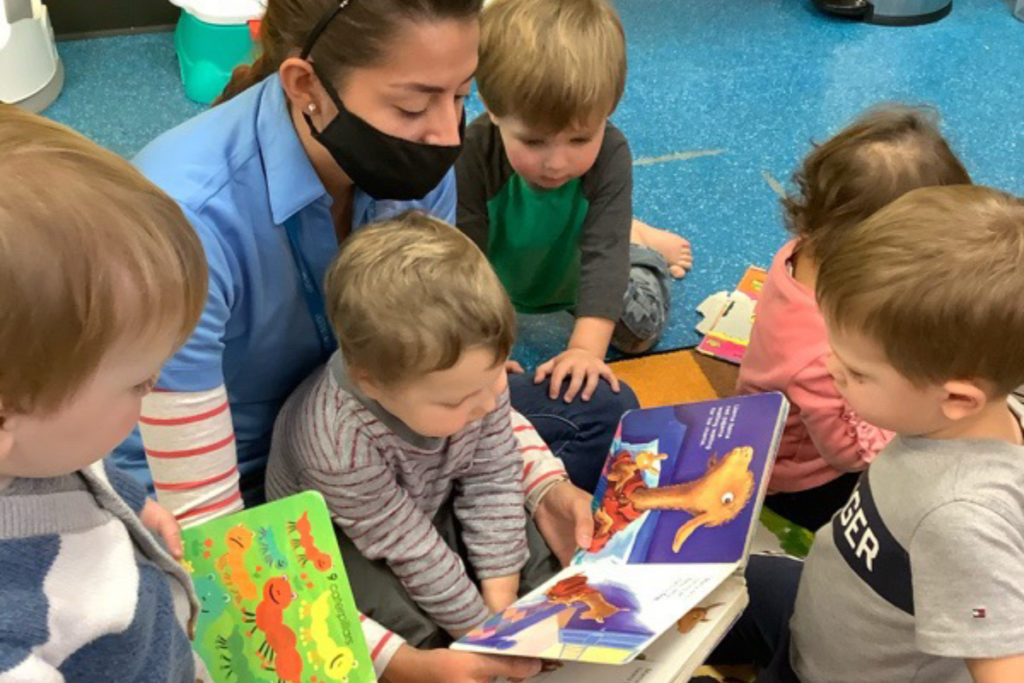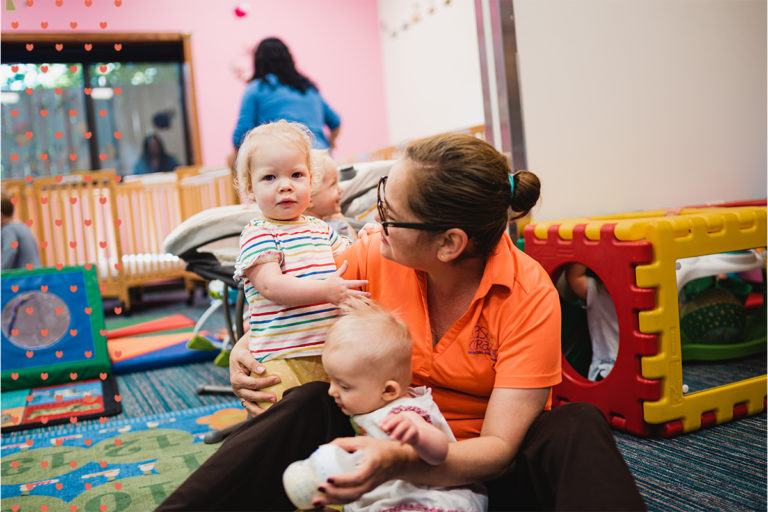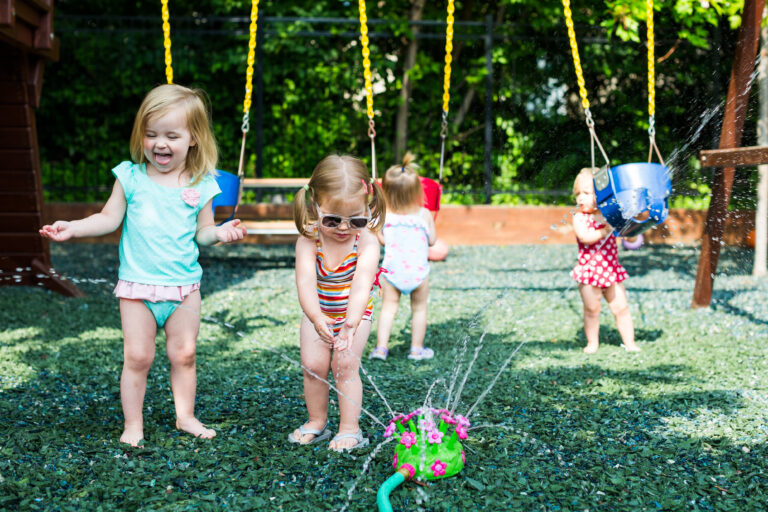Tips for Helping Your Child Learn Spanish at Home

Research shows there are many benefits for kids who learn a second language. Learning a second language in early childhood enhances memory, problem solving skills, empathy, and neurological development. Even if children aren’t exposed from infancy, a language immersion preschool, like Casa de Corazón’s program, can ensure that they become fluent before kindergarten.
If your child is enrolled in Spanish immersion, it is paramount to continue practicing with them at home. There are many simple ways to encourage your child to continue speaking Spanish at home. This article will provide a few practical strategies parents can support second language learning. But first, let’s talk about why it’s important to do so.
Why Practice With Your Child Spanish at Home?
Spanish immersion education works best when parents support the program at home. Under age five, children’s brains are extremely plastic. This means that the earlier a child starts speaking a foreign language at home, the better for long term retention and developmental benefits. Practicing Spanish requires consistency, patience, and the celebration of key milestones, both at school and at home.
Children acquire language best through immersion and daily interactions. Bringing Spanish into your home lets them feel comfortable using Spanish in environments outside of school. The more children use Spanish in daily life, the more confident they become in expressing themselves in many different settings. Practicing Spanish together as a family also makes for many engaging, fun opportunities to bond.
How to Practice Spanish at Home with Your Child
As a parent, the idea of teaching a foreign language to your child may feel daunting. Here, we have some specific, actionable tips for you to use to ease this process. Language acquisition happens one step at a time. Learning Spanish can and should be fun!
Watch TV Shows and Movies in Spanish
Simply watching Spanish TV shows or movies can get children’s ears familiar with the words and linguistic cadence of the new language. There are so many different Spanish speaking cultures, accents, and histories that children can learn about through digital media. Exposure to movies and shows helps children pick up on how people engage and interact in different contexts in the Spanish. Eventually, they will start to pick up words and dialogue to use in real life.
According to the Journal of Children and Media, educational TV programs that use both explicit and implicit learning cues provide more vocabulary-learning cues than others. You may consider using a combination of explicitly educational and entertainment-based shows to incorporate Spanish into the home life.
Ask Your Child Simple Questions in Spanish
Asking your child simple questions in Spanish encourages active language use. When kids have to formulate answers, it helps them think in Spanish. This is a key conversational skill. Question asking is a simple serve and return interaction, a responsive back-and-forth exchange between a young child and a caring adult. These sorts of interactions support development of early language and social skills that serve as a foundation for more complex, high-level cognitive abilities that form later in life.
Start with simple questions like “¿Cómo te sientes hoy?” (“How do you feel today?”) and guide them to respond in Spanish with easy prompts like “Di, sí o no.” (“Say yes or no.”)

Use Spanish Phrases During Daily Home Activities
Beginning in infancy, parents can use simple Spanish words and phrases to describe what’s happening at home. Parents should try learning Spanish alongside their children by memorizing key vocabulary, phrases, and sentences related to daily activities such as cooking, doing chores, getting dressed, or playing together. For example, use Spanish when cooking: “Vamos a cortar la manzana” (“Let’s cut the apple”) or during chore time: “Recoge los juguetes” (“Pick up the toys”).
You can also label household items with Spanish words to enhancing reading skills.
You might even repeat nursery rhymes and or sing lullabies in Spanish. Associating Spanish with daily tasks naturally integrates language learning into everyday life and increased long-term retention.
Read to Your Child in Spanish
Reading in Spanish builds vocabulary, enhances comprehension skills, and exposes children to proper grammar structures. Check if your local library has a Spanish section to find age-appropriate books. You can also search for your child’s favorite book translated into Spanish and read it to them before drop-off or bedtime.
Doubting your Spanish skills? Try listening to a recording of a book in Spanish and following along to familiarize yourself with speech cadences and pronunciation before reading to your child. The Casa de Corazón app features a list of audiobooks in Spanish for kids.
Note: If using audiobooks, it is a good idea to frequently change them up as kids may begin to memorize without understanding.

Play Spanish Games with Your Child
Many children learn best kinetically, like through educational games that incorporate full body movement. Playing classic children’s games in Spanish — like Simon Says or (“Simón dice”) — can be a great method for practicing Spanish at home. There are also many Spanish computer games available online for free that children can play in their free time. You could try memory card games, word searches, calendar games, body part games, or storytelling exercises during play time.
Connect with Other Spanish Speaking Families
Social interaction is essential for real-world language practice and cultural understanding. One way to get kids speaking in social environments is to join Spanish playgroups. Your family could attend Spanish-speaking cultural events or a Spanish language religious service. Be on the lookout for online forums or social media groups for bilingual parents in your area, too.

Enroll Your Child in a Spanish Immersion Daycare Program
Spanish immersion daycare is the best option for families who want their children to become bilingual, but speak only one language at home. Structured immersion programs accelerate fluency and increase exposure to native speakers. Enroll your child in one of our learning centers, in Wisconsin and Minnesota today. To request more information or a tour, visit us online.



